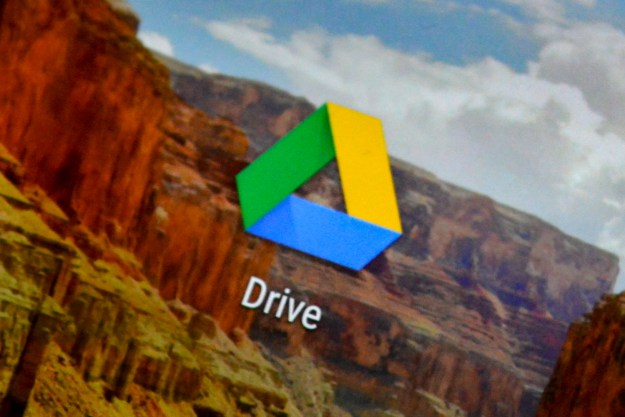It’s an old adage that it doesn’t matter what you put on the Internet if nobody can find it, and to that end Internet search giant Google has rolled out its new Caffeine indexing system. Google claims Caffeine offers up to 50 percent “fresher” results than its previous indexing system, meaning that in the fast-paced world of social media, blogs, and fast messages, Google’s indexing will be able to pick up on current information faster than its previous technology. The result, Google hopes, is a search engine that’s more up-to-date and more quickly offers the latest information to users.

“Content on the web is blossoming. It’s growing not just in size and numbers but with the advent of video, images, news, and real-time updates, the average Web page is richer and more complex,” wrote Google engineer Carrie Grimes. “In addition, people’s expectations for search are higher than they used to be. Searchers want to find the latest relevant content and publishers expect to be found the instant they publish.”
Google’s old indexing system—which has been in place for a few years—consisted of several layers: a few of those layers were updated on a continuous basis, but the core underlying layers only got re-indexed every couple weeks. As a result, something might get quickly found by Google and made searchable, then kind of drop off Google’s radar for a while until the core index layers got updated. Under the new Caffeine indexing system, Google continuously analyzes small portions of the data it collects and updates its entire search index continuous, meaning new pages and updated content can be added to the primary index much more quickly. Google says Caffeine takes up about 100 million gigabytes of storage in one database, and adds hundreds of thousands of gigabytes per day.
Google also says Caffeine was developed with the future in mind, so Google can scale the system to adapt to new kinda of media and data sources…and, of course, keep up with the increasing deluge of digital information being added to the Internet every minute.
Editors' Recommendations
- How to delete a file from Google Drive on desktop and mobile
- The best resume templates for Google Docs
- How to do hanging indent on Google Docs
- How to delete Google Chrome on Windows and Mac
- Google Drive vs. Dropbox: which is best in 2024?


